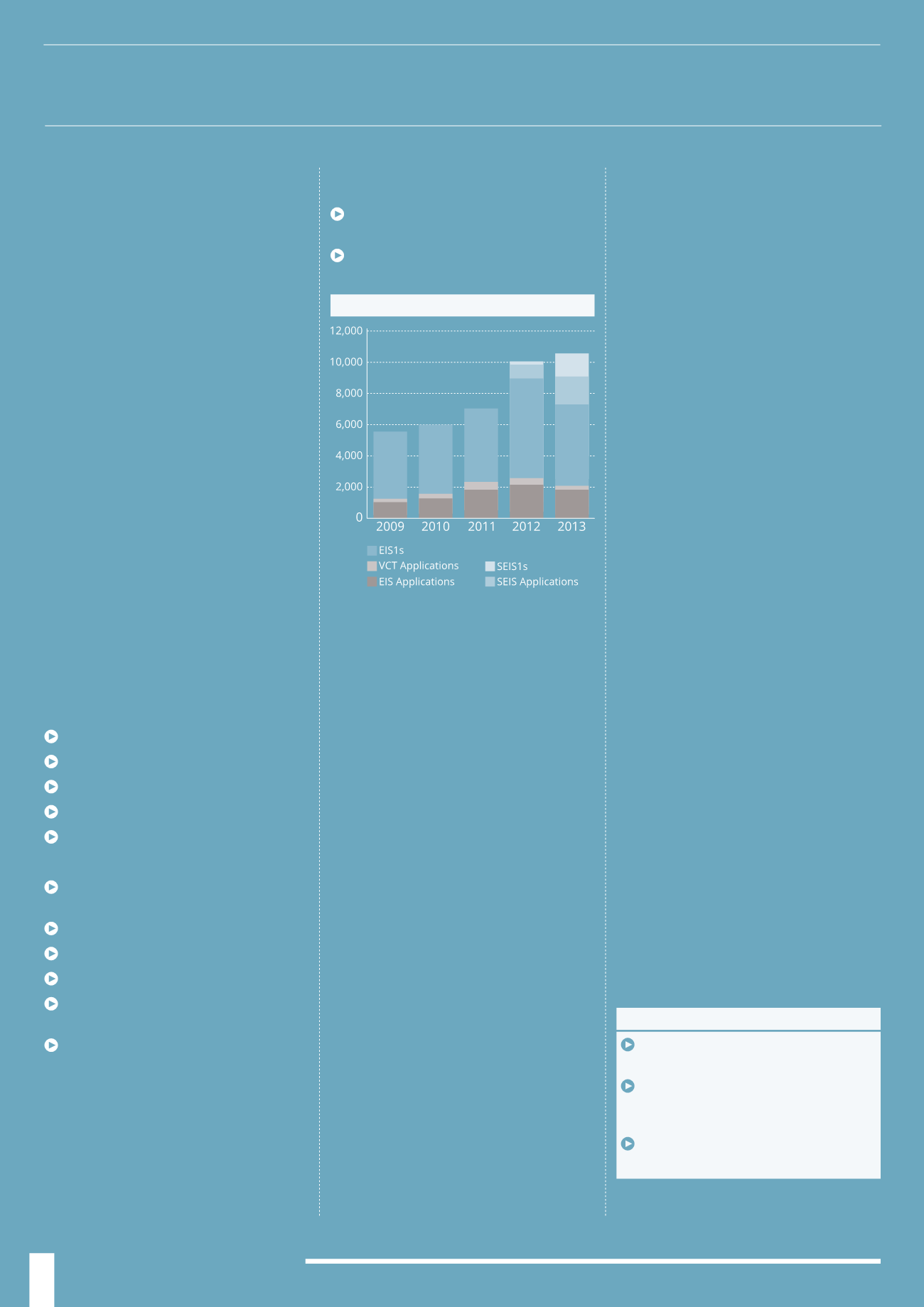
18
Investors in EIS funds obviously delegate
this task to the fund manager and it is
worth checking that the manager has a
good track record of picking firms that
do not lose their status (although this is
one of the pieces of information that fund
managers can be reluctant to disclose – see
the section on Measuring Performance).
EIS managers may use the services
of an external company (tax experts
or accountants) to check and verify
the EIS status of their underlying
companies and support ongoing
monitoring of qualifying status.
Advisers should be aware of this and
satisfy themselves that the investments
qualify for EIS status as part of their
due diligence process. They should
consider what effect loss of status would
have on a client’s financial plan.
ADVANCE ASSURANCE
Companies raising money can get
advanced assurance from HMRC that
they will meet the necessary criteria
and will gain EIS qualifying status.
HMRC can give an opinion as to whether
they would be able to authorise the issue
of EIS or SEIS certificates in due course.
The assurance is based on
information supplied:
Company statutory details
Financial statements
Activities
Funds to be raised and their use
Investment documentation
HMRC need to be satisfied that:
The company will meet the conditions to
be a qualifying company structure
Purpose
Activities
The shares will be ‘eligible’ shares
The shares are issued to raise money for
a qualifying business activity
The money raised is to be employed in
accordance with the requirements
Advance Assurance enables appropriate
changes to be made prior to investment.
It’s not a statutory procedure but can be
relied upon, provided matters proceed as
described and there are no
material differences.
If a company does make material changes,
they are obliged to inform HMRC.
However, an advance assurance
does not mean:
That any particular investor will receive
tax relief
That the company will continue to meet
the requirements
Alternatively, it could be more sophisticated
– a fund could invest in zombie companies
that are only just surviving (probably thanks
to the low interest rate environment),
investors could collect their tax relief and
the manager could collect their fees even
though the capital had not been invested
productively. This sort of fraud could carry
on for years without coming to light – and
in fact, even if it did it could be hard to
prove that it was a fraud and not just a
spectacularly bad investment manager.
Thorough due diligence on the underlying
investments or simply investing through
reputable managers with proven track
records is the key to avoiding this
particular pitfall.
Film Investment Schemes:
EIS investments
are sometimes used to fund the production
of films and provide some of the more
glamorous headlines attached to the
EIS sector. However, there have been
some widely publicised cases of film
investment schemes that have been used
for tax evasion, by exploiting clauses in
section 42 of the Finance (No 2) Act 1992
and section 48 of the Finance (No 2) Act
1997 (designed to encourage the UK film
industry) with no intention of putting
capital to work in order to produce a film.
This has led to a widespread reluctance
to invest in any film-related investment
scheme even though there have been no
frauds exploiting the EIS tax breaks.
In summary, the primary risks around
investing in EIS qualifying companies are
really the same risks associated with small
company investing – smaller companies
can and do fail. However, the EIS tax
benefits tilt the risks back in favour of the
investor somewhat. There are also some
additional risks to be mindful of when
investing in an EIS opportunity, but these
can be mitigated through thorough due
diligence. Overall, the risks in EIS investing
are not really unique to EIS. At its heart, it is
a tried and tested investment proposition
– providing capital to companies to help
them grow, in exchange for a share of
the company profits at a later date.
KEY POINTS
Tax reliefs tilt the risk/reward ratio back
in favour of the investor
Non-domiciled investors can
combine EIS investments with Business
Investment Relief
Many EIS investments will not be
covered by the FSCS
“The current enterprise landscape in the UK has led to increased entrepreneurial activity and
seed funding, resulting in many fantastic early stage opportunities”
BruceMacfarlane, MMC Ventures
ADVANCE ASSURANCE STATS
DEAL FLOW AND CASH DRAG
This risk is particular to EIS funds: they
should deploy cash relatively quickly to
start earning returns. Failure to do so leads
to cash drag – a drag on performance.
Speaking with EIS fund managers and the
EISA, there appears to be no shortage of
deal flow, so this is not a risk right now.
However, if the deal flow dries up, we could
see instances of cash drag, or if managers
start to feel pressure to deploy their cash
they could be rushed into poor investment
decisions. It is down to the expertise of the
manager to ensure that they do not raise
too much money that they then cannot
allocate. Managers will have foresight over
their pipeline of investment opportunities
and therefore raise funds accordingly,
with a lower and upper fundraising limit.
SCAMS AND FRAUDS
To date, there has not been any major
fraud using EIS investments. However,
several industry participants have privately
acknowledged that fraud is a concern as
any incident of fraud would taint the whole
sector. Some have expressed a concern that
fraudsters who previously targeted the UCIS
(unregulated collective investment scheme)
market are now focusing on EIS, after the
regulators new policy (PS13/03) narrowed the
market for the promotion and sale of UCIS.
How could a fraud occur?
It could be an
outright fraud – setting up a fund, using the
EIS status as a marketing tool, collecting
investors’ money and running off with it.
Source: EISA Autumn Seminar 2013


